The center is not only a place to teach a profession, but also a "bridge" of kindness, compassion, love, and noble gestures of the community to bring hope and a prosperous life to many orphans and disabled youth in the city and from other provinces and cities across the country.
The "second fathers" of disabled children
In the journey of imparting vocational training at the Vocational Education Center for the disabled and orphans of the city, there are dedicated teachers who always consider the children as "children" in the family.
Mr. Nguyen Hoang, a drawing teacher for 13 years at the center, emotionally recounted: “When I first took the drawing class at the center, each student in the class had a different disability. Some students had weak hands and had to draw with their mouths, while others had to use their feet to draw. I had to observe each student to be able to build a separate lesson plan, suitable for each student's physical condition and ability. For normal people, teaching drawing is difficult, but for the students here, it is four times more difficult, but somehow I still feel very happy.”


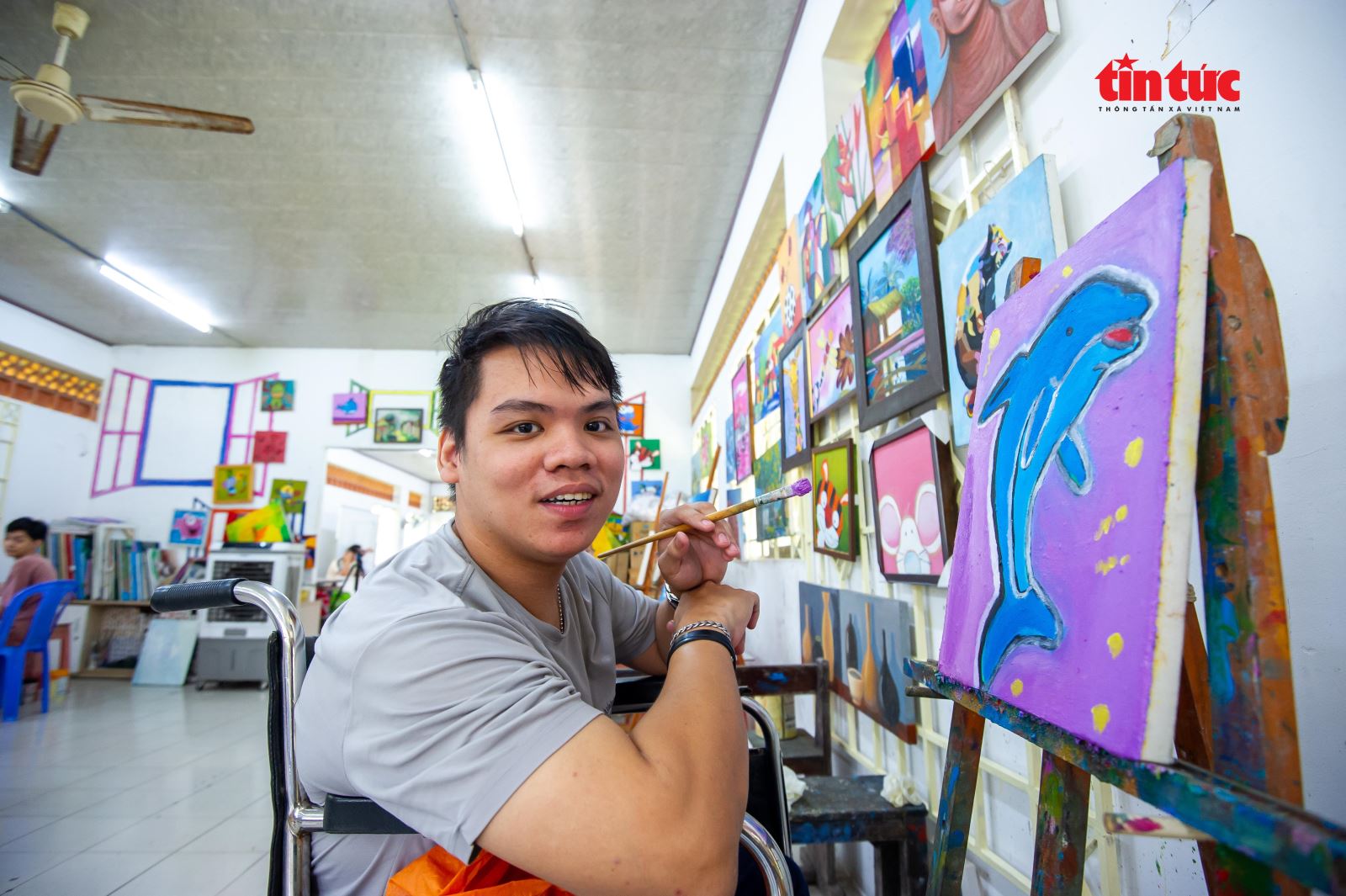
In the center's drawing class, students learn from the basics such as getting familiar with color, composition, light, and then gradually move on to creating according to personal feelings. Up to now, many students have been able to draw landscapes and still lifes that are very soulful, filled with thoughts and life force. "The students' paintings may not be technically perfect, but they are very real and lifelike. Looking at them, everyone can see the will to overcome fate," Mr. Hoang proudly said.
Mr. Hoang expressed his hope that the center would soon have a workshop to produce paintings so that the students could work and sell their products to more people. “That way, the students will have an income and be able to continue living with their profession, and not have their skills fade away when they return to their remote hometowns,” Mr. Hoang added.
At the industrial sewing class for visually impaired students at the center, the learning space becomes more special, only the sound of the sewing machine can be heard, along with communication and exchange between teachers and students through eyes, gestures, movements and body language.
Teacher Trinh Van Tuan said: “Teaching a profession to the deaf is not easy. Teachers have to learn sign language, combine demonstration and hand signals. There are movements that I have to guide 5-10 times, or even more. Once they are familiar with it, I have to stand close by to ensure their safety when using the sewing machine.”

Not only is he a teacher, he is also a friend and a second father to his special students. “There are times when they feel sad, discouraged, or homesick. I have to understand their psychology, share with them, and encourage them to overcome them. In addition to vocational skills, I also teach them life skills, greetings, communication, and confidence in integrating into the community. I hope that society and businesses will open their hearts to welcome students with disabilities and help them find stable jobs,” said Mr. Tuan.
Mr. Nguyen Van Thien, a teacher of design and laser engraving, is one of the youngest teachers working at the center. Unlike many young people who choose to work in a dynamic environment or at large enterprises, Mr. Thien chose to stay with the center.
Mr. Thien confided: "I want to pass on my profession, bring my knowledge and understanding of technology and machinery to the disabled - those who have little opportunity to access this field."
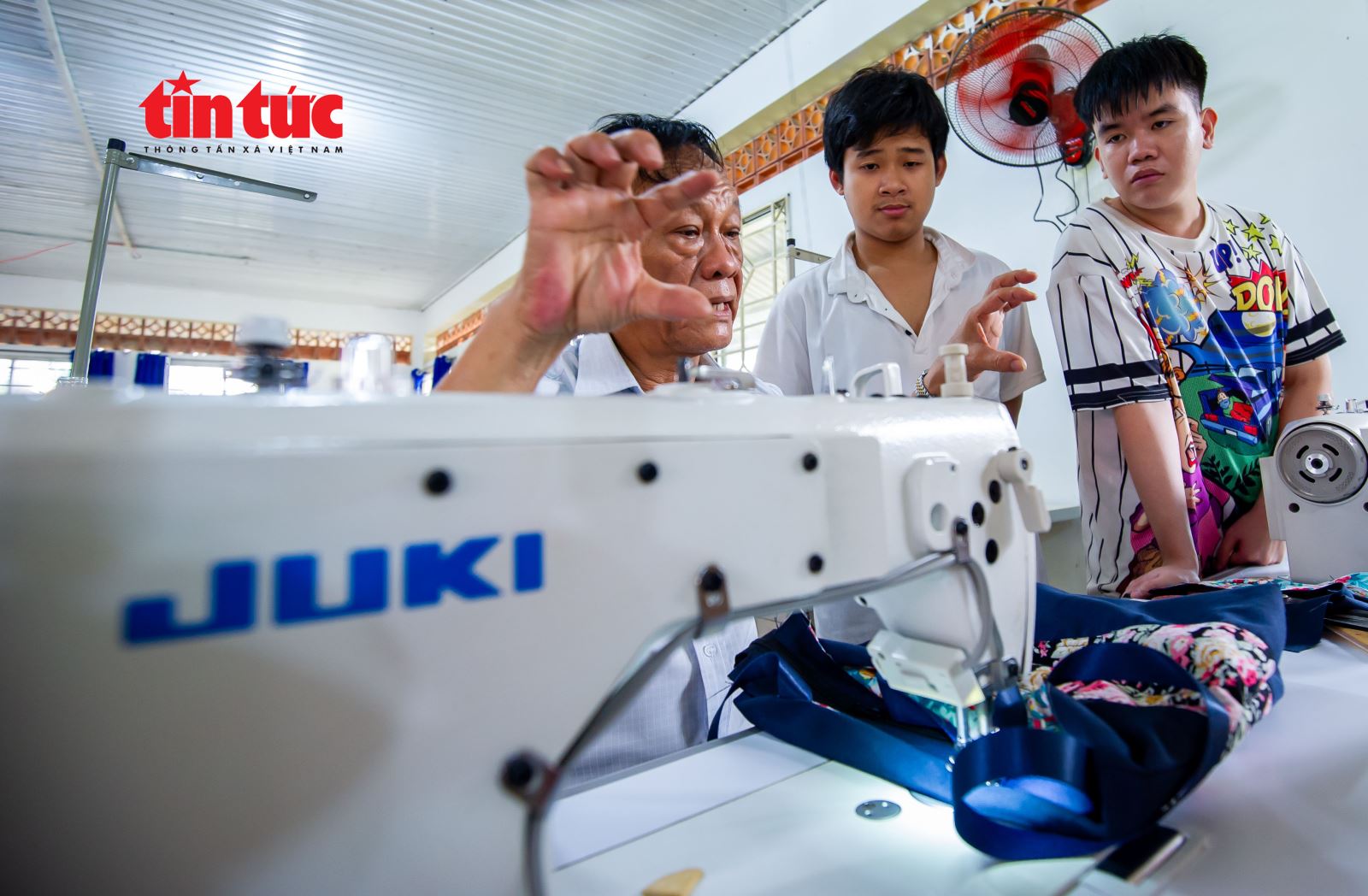
After three years working at the center, Mr. Thien said that what makes him happiest is seeing students create their own products. “There are times when I feel discouraged, but when I see students trying, being meticulous, asking about every detail to complete a laser engraved product, I feel very happy and have more motivation to continue teaching.”
According to Mr. Thien, teaching the disabled requires a lot of patience and sympathy. “Most of them can only use one hand, so operating a computer or mouse is very difficult. I have to guide them very slowly and meticulously, sometimes taking twice as long as it would take a normal person,” Mr. Thien said.
For Mr. Thien, happiness is simply seeing the smiles of his students after each class. He also hopes that young people will care more and accompany the disabled, just a little sharing, a little support will help them be more confident on the path of integration and advancement in life.

The "boat of knowledge" still tirelessly carries "passengers" across the river.
Established in 2006, the center has provided free vocational training to about 1,000 students, including disabled youth, in classes such as: Electricity - electronics, fabric flowers, clay flowers, accounting, massage for the blind, industrial sewing, painting, hand embroidery, wood mosaics, etc.
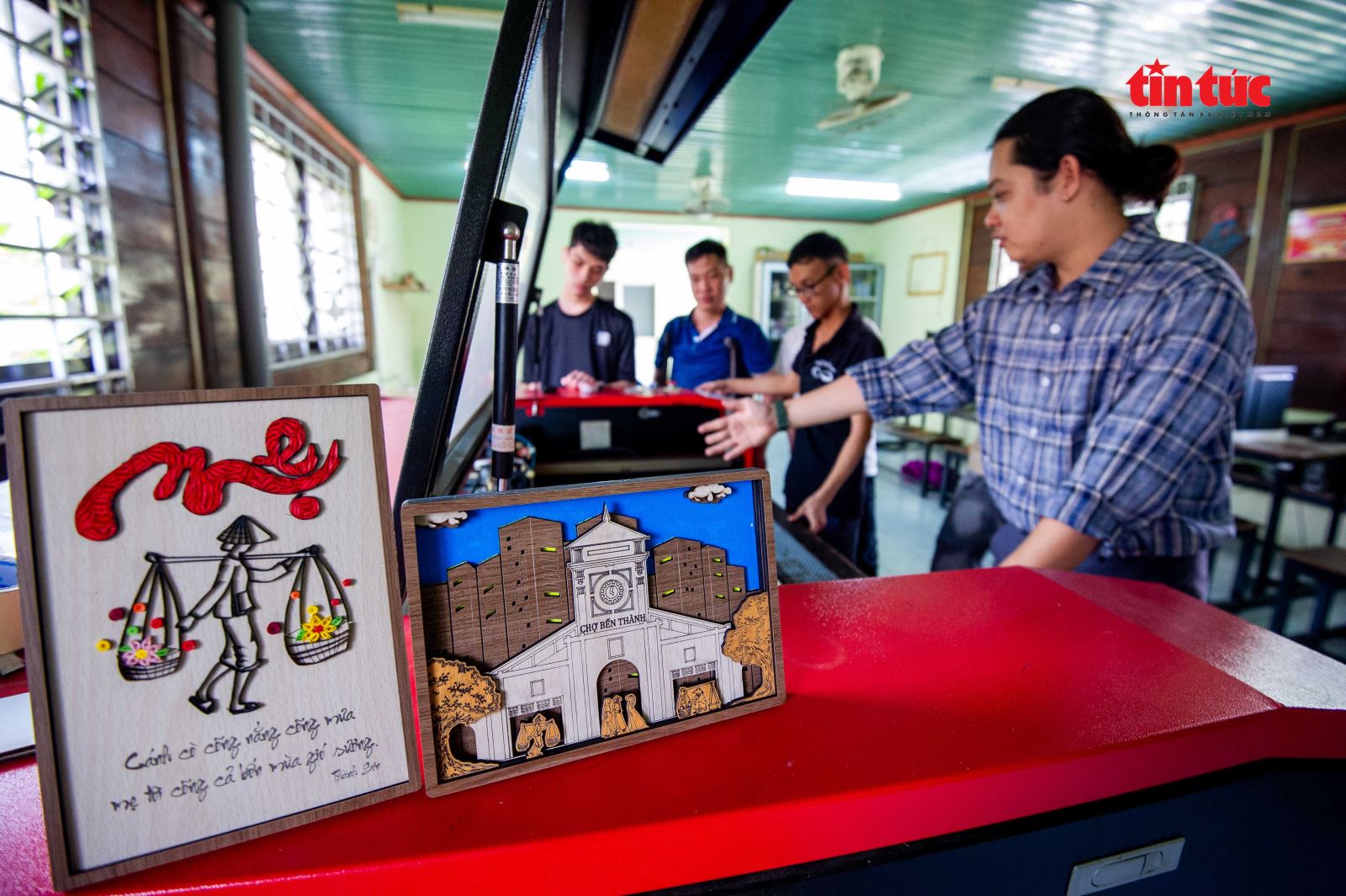
Nguyen Thi Le Na, 18 years old, a student in the painting class at the center for 3 years, shared: “The first day I came to the center, I was still confused, not thinking that I could create paintings like now. Thanks to the patience and dedication of Mr. Hoang and other teachers, I gradually got used to each operation, color mixing technique, composition, and lines to create a painting. Coming to study at the center, I hope to have a job so that I can support myself and have more opportunities for our products to be known by everyone.”
“In addition to learning a trade, I also get free accommodation and meals. I will try my best to study well so as not to let down the teachers who taught me. I hope that after graduating, I will have a stable job to support my family and myself,” said Bui Sy Hoang, 24, from Nghe An , a student in the laser cutting class.

Mr. Do Trung Tin, Director of the Center for Vocational Education for People with Disabilities and Orphans in Ho Chi Minh City, said: “Over the years, the Center has consistently carried out two main tasks: recruiting and teaching vocational skills to people with disabilities and mobilizing social resources. Not only is it a place to teach vocational skills, the Center also helps children regain confidence, affirm their own values to have a solid foundation to enter an independent life, working with their own hands.”
According to Mr. Trung Tin, people with disabilities are special subjects, so vocational training cannot be applied in the usual way. Teachers must be truly dedicated, have love and patience, always following the motto of "holding hands and showing work" to guide each student. "We hope that the community, philanthropists and businesses will join hands to help each disabled student stand on their own feet and support themselves with the profession they have learned," Mr. Tin shared.
However, after more than 20 years of operation, the center's facilities have deteriorated and need to be repaired and renovated. "We look forward to receiving support from the community and businesses to upgrade facilities, support meals, improve the landscape, and especially support in receiving trained and skilled students so that they have the opportunity to work in practice," Mr. Tin shared.

According to Mr. Do Trung Tin, to solve the problem of employment for students in the context that many businesses are still hesitant to hire people with disabilities, the Center is nurturing a big project which is to build a practice workshop to select students with solid skills, creating conditions for them to work and practice more skills.
In the future, the workshop will be a place to introduce, promote and consume products made by the center’s disabled students. “At the same time, they will have an additional source of income to cover their living expenses. This is an important step, both creating employment conditions and helping them stabilize their lives while waiting for more support from the business community,” Mr. Tin added.
Source: https://baotintuc.vn/nguoi-tot-viec-tot/mai-nha-chung-cho-thanh-thieu-nien-khuet-tat-tai-tp-ho-chi-minh-20251111151400757.htm


![[Photo] The "scars" of Da Nang's mountains and forests after storms and floods](https://vphoto.vietnam.vn/thumb/1200x675/vietnam/resource/IMAGE/2025/11/13/1762996564834_sl8-jpg.webp)

![[Photo] General Secretary To Lam visits Long Thanh International Airport Project](https://vphoto.vietnam.vn/thumb/1200x675/vietnam/resource/IMAGE/2025/11/13/1763008564398_vna-potal-tong-bi-thu-to-lam-tham-du-an-cang-hang-khong-quoc-te-long-thanh-8404600-1261-jpg.webp)





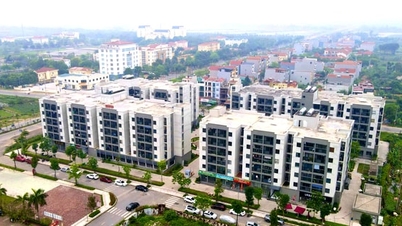


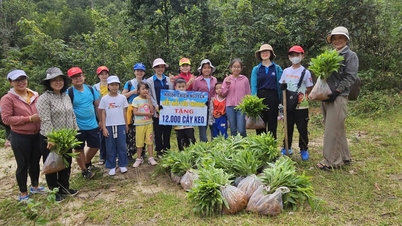

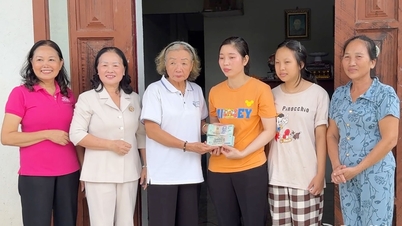

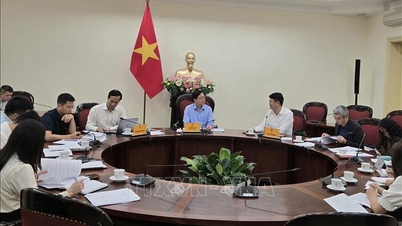


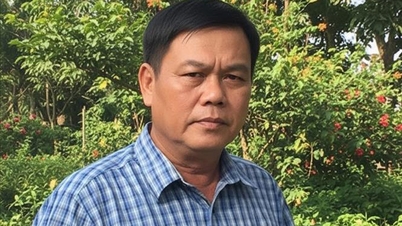







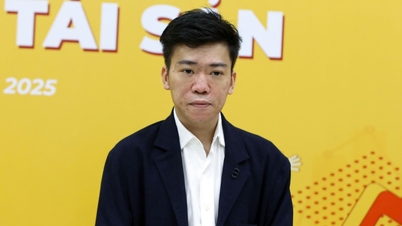
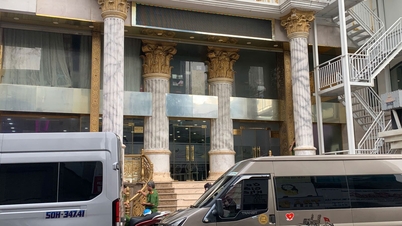
















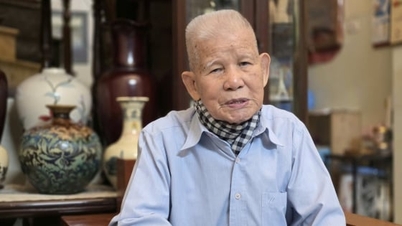

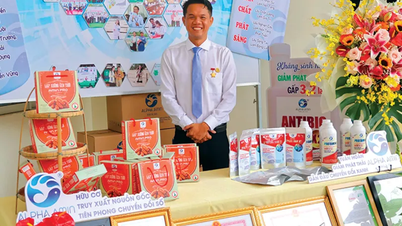

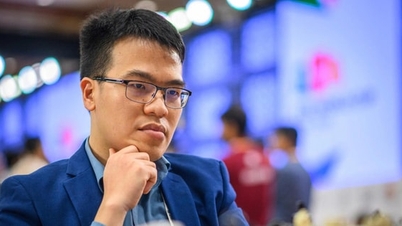
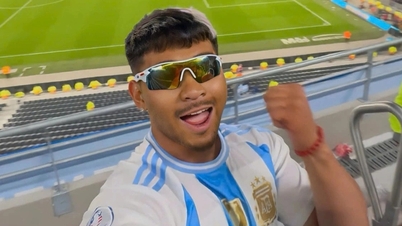
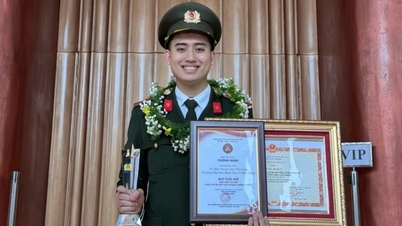










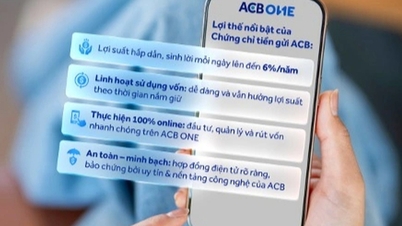















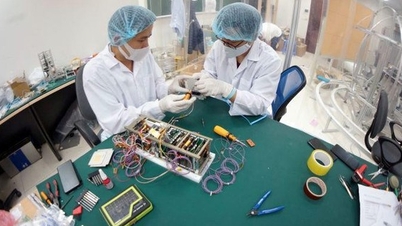




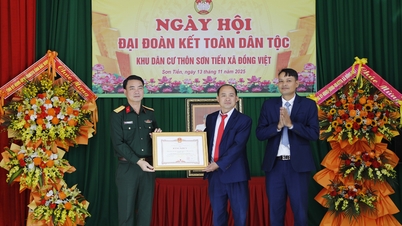



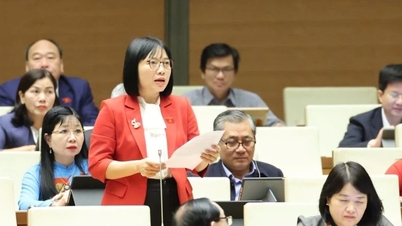






![Dong Nai OCOP transition: [Article 3] Linking tourism with OCOP product consumption](https://vphoto.vietnam.vn/thumb/402x226/vietnam/resource/IMAGE/2025/11/10/1762739199309_1324-2740-7_n-162543_981.jpeg)







Comment (0)